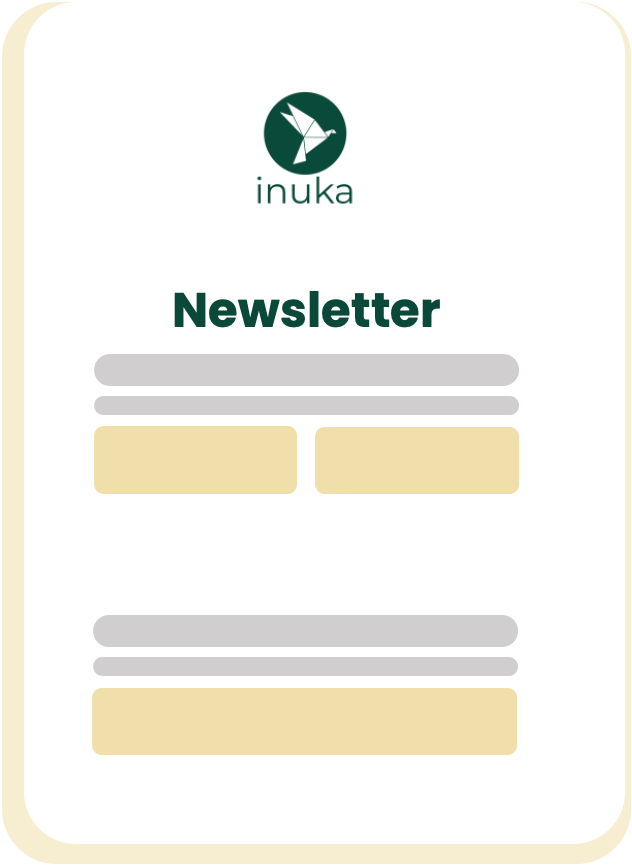Employee burnout prevention requires a proactive approach combining early recognition, workload management, and supportive leadership. Create open communication channels, implement realistic goal setting, and provide stress management resources. Focus on building team resilience through flexible work arrangements and recognition programmes whilst monitoring for warning signs like decreased productivity and increased absenteeism.
What are the early warning signs of employee burnout?
Employee burnout warning signs include decreased productivity, increased absenteeism, cynicism towards work, and visible exhaustion. Watch for employees who seem disengaged, make more mistakes than usual, or show emotional withdrawal from team activities.
Behavioural indicators often appear first. You might notice team members arriving late, taking longer breaks, or avoiding collaboration. Their work quality may decline, and they might miss deadlines they previously met easily. These changes in workplace habits signal that stress levels are becoming unmanageable.
Physical symptoms manifest as frequent headaches, fatigue that rest doesn’t resolve, and increased sick days. Employees may complain of sleep problems or appear visibly tired during meetings. Some develop nervous habits like fidgeting or seem more irritable than usual during routine interactions.
Emotional warning signs include cynicism about company goals, negative comments about workload, and loss of enthusiasm for projects they once enjoyed. Team members might express feelings of being overwhelmed or question the value of their contributions. They may also isolate themselves from colleagues and skip optional team activities.
Why do employees burn out in the first place?
Employees burn out due to excessive workload, lack of control over their tasks, insufficient recognition, poor work-life balance, and unclear expectations. Toxic workplace culture and inadequate resources to complete assigned tasks effectively contribute significantly to burnout development.
Workload issues create the foundation for most burnout cases. When employees consistently work beyond their capacity without adequate support or resources, stress accumulates. Unrealistic deadlines, constant interruptions, and the pressure to multitask create an unsustainable work environment that depletes energy reserves.
Lack of autonomy frustrates capable employees who feel micromanaged or unable to influence decisions affecting their work. When team members cannot control how they complete tasks or contribute to planning processes, they feel powerless and disengaged. This lack of ownership reduces motivation and increases stress levels.
Recognition gaps leave employees feeling undervalued despite their efforts. When hard work goes unnoticed or unrewarded, motivation decreases whilst resentment builds. Poor communication about expectations creates confusion, leading to wasted effort and frustration when goals remain unclear or constantly change.
How do you create a workplace culture that prevents burnout?
Create burnout-resistant workplace culture through open communication channels, realistic goal setting, regular recognition programmes, and flexible work arrangements. Prioritise employee wellbeing by establishing clear boundaries, providing growth opportunities, and ensuring leadership demonstrates healthy work habits.
Establish regular check-ins between managers and team members to discuss workload, challenges, and career development. Create safe spaces where employees can express concerns without fear of negative consequences. Implement feedback systems that allow anonymous input about workplace stress and suggestions for improvement.
Set achievable goals with clear timelines and adequate resources. Break large projects into manageable milestones and celebrate progress along the way. Ensure workload distribution is fair and consider individual capacity when assigning tasks. Regularly review and adjust expectations based on team feedback and performance data.
Offer flexible working arrangements such as remote work options, flexible hours, or compressed work weeks. Provide professional development opportunities that help employees build skills and advance their careers. Create spaces for relaxation and informal interaction, and encourage employees to take their full holiday entitlement without guilt.
What role does workload management play in burnout prevention?
Effective workload management prevents burnout by ensuring sustainable work demands through proper task distribution, priority setting, and resource allocation. It involves capacity planning that matches assignments to individual capabilities whilst maintaining realistic deadlines and providing adequate support systems.
Assess team capacity regularly by tracking current commitments, individual strengths, and available time. Use project management tools to visualise workload distribution and identify potential bottlenecks before they become overwhelming. Consider each person’s skill level and experience when assigning tasks to ensure appropriate challenge levels.
Implement priority systems that help employees focus on high-impact activities. Teach teams to distinguish between urgent and important tasks, and provide clear guidance on what can be delayed or delegated. Regular priority reviews ensure that changing business needs don’t create unrealistic expectations.
Develop delegation strategies that distribute work fairly whilst providing growth opportunities for team members. Cross-train employees to create flexibility during busy periods and reduce dependency on specific individuals. Build buffer time into project schedules to accommodate unexpected challenges without creating crisis situations.
How can managers support employees who are experiencing burnout?
Managers support employees experiencing burnout through active listening, workload adjustment, and providing recovery resources. This includes creating recovery opportunities, offering professional development support, and knowing when to involve coaching services or mental health resources.
Listen without judgement when employees express stress or overwhelm. Schedule private conversations to understand specific challenges and collaborate on solutions. Show empathy and validate their experiences whilst working together to identify practical steps for improvement. Avoid dismissing concerns or immediately jumping to solutions.
Adjust workload temporarily by redistributing tasks, extending deadlines, or providing additional resources. Help prioritise essential activities and identify what can be postponed or eliminated. Consider temporary schedule modifications or additional support until the employee regains their equilibrium.
Provide access to wellness resources such as employee assistance programmes, mental health support, or professional coaching. Encourage time off for recovery and ensure the employee feels supported rather than penalised for needing help. Follow up regularly to monitor progress and adjust support as needed.
What are the most effective stress management techniques for teams?
Effective team stress management combines mindfulness practices, peer support systems, and structured wellness initiatives. Implement stress reduction workshops, create spaces for decompression, and establish mental health resources that team members can access confidentially when needed.
Introduce brief mindfulness exercises during team meetings or provide quiet spaces for meditation and reflection. Offer stress management workshops that teach practical techniques like deep breathing, time management, and boundary setting. Encourage regular breaks and discourage working through lunch or staying late consistently.
Develop peer support networks where team members can share experiences and coping strategies. Create buddy systems for busy periods and encourage colleagues to check in on each other’s wellbeing. Foster an environment where asking for help is seen as responsible rather than weak.
Establish wellness initiatives such as walking meetings, team fitness challenges, or relaxation spaces. Provide access to mental health resources and ensure employees know how to access support confidentially. Regular team-building activities that focus on connection rather than competition help build resilience and mutual support.
Preventing employee burnout requires consistent attention to workplace culture, workload management, and individual support systems. By recognising warning signs early and implementing comprehensive prevention strategies, you create an environment where employees can thrive whilst maintaining their wellbeing. Remember that burnout prevention is an ongoing process that benefits from regular assessment and adjustment of your approaches. When teams need additional support for building resilience and managing workplace stress, professional coaching services can provide the structured guidance and measurable outcomes that help organisations create truly sustainable work environments. The Inuka Method offers a comprehensive approach to workplace wellness, whilst an impact check can help assess your current prevention strategies and identify areas for improvement.







